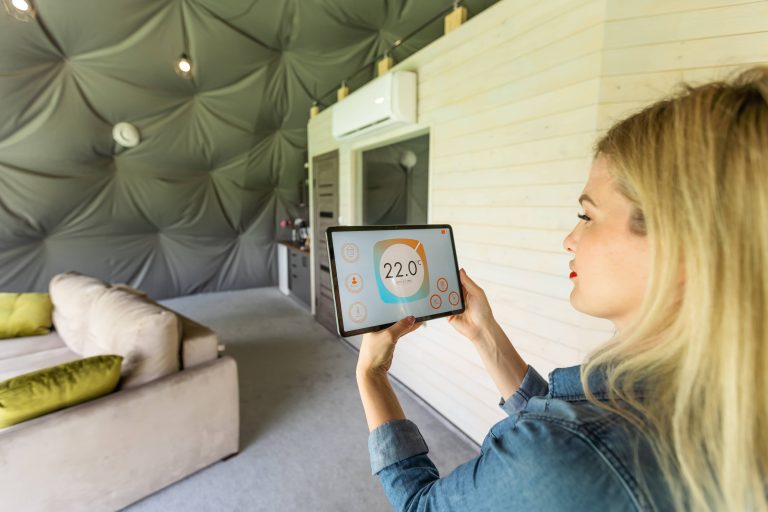
Creating an inviting outdoor living space that melds comfort, function, and visual appeal can truly enhance your home life. As the seasons change and the sun casts its warm glow, having a shaded retreat in your yard can make those sun-soaked days more enjoyable. Building a pergola is a fantastic DIY project that not only offers a stylish space for outdoor relaxation and entertainment but also provides a satisfying sense of accomplishment. In this post, we’ll guide you through constructing your very own pergola for shade and style in your garden.
Why Build a Pergola?
Before diving into the how-to, let’s discuss the why. Pergolas are open-air structures typically formed with vertical posts supporting a roof of open cross-beams. Historically, they’ve provided a passageway or extended living space to enhance outdoor environments. There are several reasons you might want to add a pergola to your backyard:
– Shade and Comfort: A pergola offers relief from direct sunlight, transforming your backyard into a cozy retreat. Add some climbing plants, and you’ll create natural shade with a lovely atmosphere.
– Visual Appeal: Pergolas are visually striking structures. They add height, dimension, and interest to your yard, enhancing its aesthetic appeal.
– Versatility: Whether freestanding or attached to your house, a pergola is a versatile addition. It can serve multiple functions, from a lounge area to a dining space or even a garden focal point.
– Property Value: By improving your outdoor space, pergolas can increase your home’s value, making it an attractive feature for prospective buyers.
Planning Your Pergola
Before gathering your tools and materials, a successful build starts with good planning. Here’s what you need to consider:
1. Design and Style: Choose a design that complements your house and outdoor space. Consider factors such as size, shape, and roof style—whether it’s flat, gabled, or arched.
2. Location: Locate your pergola where it will be most beneficial—in a sunny corner that needs shade or adjoining your house to extend your living space. Ensure the ground is level and free from irrigation systems or underground utilities.
3. Permits and Regulations: Check local building codes and obtain any necessary permits. Regulations might dictate height restrictions or distance from property lines.
4. Materials: Common materials include wood (e.g., cedar, redwood, or pressure-treated lumber), metal, or vinyl. Consider durability, maintenance, and aesthetics when choosing.
5. Skill Level: Assess your DIY skills. While constructing a pergola is manageable for a seasoned DIYer, it may require some assistance at certain stages, like post-installation.
Building Your Pergola
For a straightforward wooden pergola, follow these general steps:
Materials Needed
– Four support posts (treated wood, typically 4″x4″ or 6″x6″)
– Several wooden beams and rafters
– Concrete mix
– Galvanized screws or bolts
– Post anchors
– Measuring tape
– Level
– Saw
– Drill
Step-by-Step Instructions
1. Prepare the Site: Mark the location for the four posts. Ensure they are evenly spaced and square with one another. Dig post holes that are deep enough to secure the posts in concrete (usually at least 2 feet).
2. Set the Posts: Insert the posts into the holes, ensuring they’re level and plumb. Fill the holes with concrete and allow it to cure according to instructions, usually 24-48 hours.
3. Install the Beams: Once the posts are secured, cut your beams to size and attach them to the top of your posts. Two beams on either side are typical, forming a frame. Secure them with bolts or screws.
4. Add Rafters and Purlins: Cut your rafters and lay them perpendicular across your beams, spacing them evenly. You can add purlins (smaller strips of wood) for additional shade or design, laying them on top of the rafters.
5. Finishing Touches: Sand any rough edges and apply a wood stain or paint to protect the wood from the elements. This final flourish allows you to tailor the appearance of your pergola to harmonize with your home.
6. Decorate: Finally, add those charming touches that will make your pergola feel part of your home. Consider hanging fairy lights, adding some outdoor curtains, or growing climbing plants like wisteria or roses.
Conclusion
Building a pergola is a rewarding DIY project that offers long-term benefits. Not only does it enhance your outdoor area aesthetically, but it also creates a functional, shaded space for relaxation and social gatherings. With some planning, the right materials, and a load of enthusiasm, you can bring shade and style to your garden. Start gathering your materials and unleash your creativity today—your dream shade oasis awaits!
For more DIY home improvement projects, remember to regularly visit our blog. Wishing you the best as you embark on this exciting journey to enhance your home garden!







